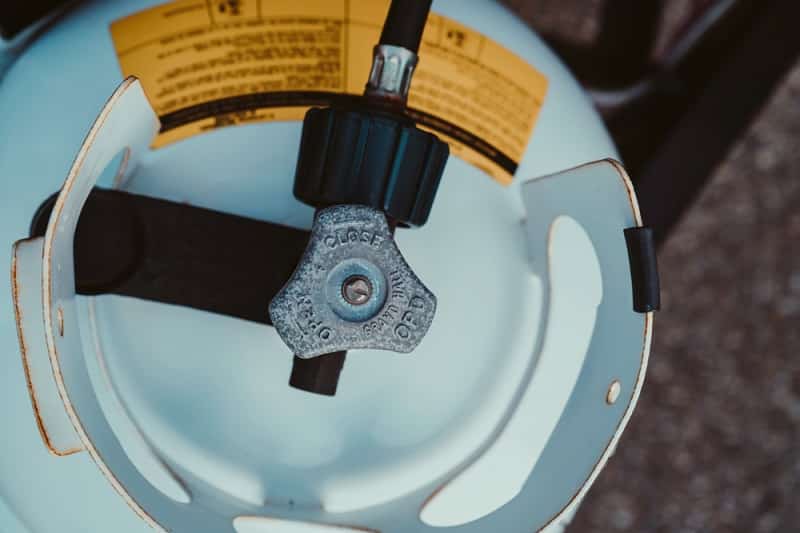
How To Empty an RV Propane Tank
When we are traveling, we want all the comforts of a real home, that includes heat, whether we use it for hot water or cooking something in a stove. There are different types of ways to have access to heat and gas is one of them. Liquid propane tanks are some of the most common options RV users choose for a number of reasons.
The power of propane gas surpasses that of other energies allowing a higher efficiency. Its flexibility offers the possibility to adjust the temperature of the appliances at any time. In addition, being cleaner than fuel or diesel, it will extend the useful life of your appliances and save on maintenance.
As it has a very low sulfur content, the combustion of propane gas is clean as well, emitting 20% less CO2 compared to fuel oil or diesel. Liquefied Petroleum Gases (LPG) comply with ISO 14001 standards and can be used in the vicinity of national parks.
An old liquid propane gas tank must be emptied before it can be safely disposed of. The ideal situation is to use whatever is left on anything, whether it’s the stove or a heater. If you don’t want to pay for a propane dispenser to discharge the old tank, you can bleed out the gas yourself with a pressure regulator and hose connection. This should be done outdoors, away from buildings, people and all sources of heat.
We will give you a series of steps to follow to do this, but before, remember to take the right precautions:
Do not smoke, light a match, produce sparks or produce any heat before, during or immediately after emptying the propane gas tank.
- Place the tank outdoors in an open space at least 100 feet from buildings, vehicles, and people.
- Screw the larger end of the regulator and hose of the propane tank of the valve until it’s completely tight. You may hear a short whistle as the hose coupler opens the tank’s internal safety valve.
- Unscrew the knob at the top of the tank until it rotates.
- Move and turn the control knob on the other end of the hose regulator to release the propane gas.
- The clock regulator built into the tube for formation samples should frost. If the regulator turns white and starts to look like ice, close the valve and wait for the regulator to defrost. This prevents damage to your regulator and hose, which can be used again with another propane gas tank. The tank will be completely empty when you can no longer hear a hissing sound emanating from the hose valve.
Liquid propane gas is heavier than air and is usually installed near the ground surrounding the tank. When the tank is empty, move away from the drainage site. The gas will soon dissipate. It is an easy task to do, but if you are still unsure you can do it yourself; you can ask someone to help you with it or take it to a place where they specialize in propane gas tanks.

